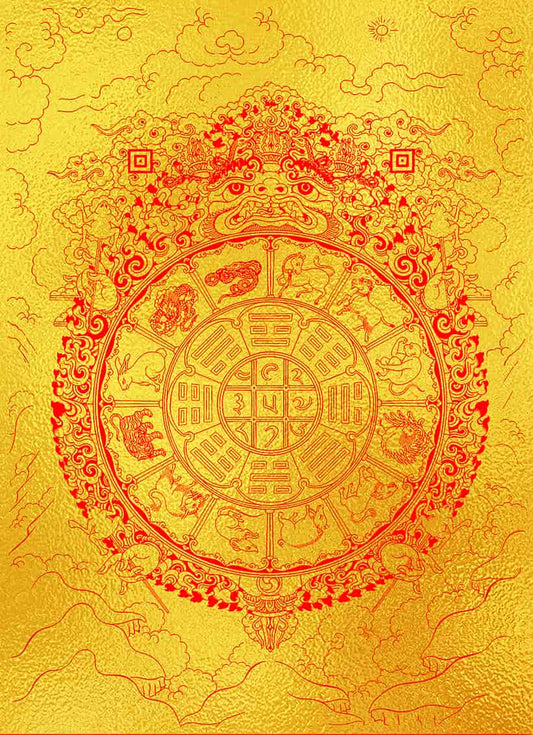The Resonance of Tibetan Bells Echoes of a Sacred Tradition
The Resonance of Tibetan Bells Echoes of a Sacred Tradition
Nestled amid the chants of monks and the flickering of butter lamps, the sound of Tibetan bells carries a deep and soothing resonance that transcends the material world. These bells, known as "ghanta," are more than mere instruments—they are vessels of spiritual heritage, dialogue between earth and the divine. As a lover of Tibetan culture, I am often drawn to these bells, with their intriguing blend of spiritual significance and artisan craftsmanship.
A Tibetan bell is typically paired with a vajra, or "dorje," with each element representing the complementary forces at play in the universe. The dorje symbolizes the masculine principle of compassion and skillful action, while the bell embodies the feminine wisdom and emptiness. Together, they create a harmonious balance—one cannot exist without the other. It's a profound reminder of the interconnectedness of all things, an idea echoed in the contemplative hum of the bell when struck.
The artistry involved in crafting a Tibetan bell is as meticulous as the creation of a thangka. Fashioned from a precise blend of metals, including copper, bronze, and sometimes silver, the bell's surface is often adorned with intricate carvings. These carvings typically depict Buddhist deities or sacred symbols such as the Eight Auspicious Symbols, each one representing a spiritual idea—encompassing everything from the parasol's protection to the endless knot's eternal path of wisdom.
In the crafting process, much like the meticulous painting of thangkas, each step requires a mindful devotion that transforms the bell into a sacred object. The artisans, guided by generations of traditional knowledge, imbue each piece with an intent that elevates it beyond a mere musical instrument to a spiritual implement used in rituals and ceremonies as old as the Himalayan peaks.
Perhaps one of the most fascinating aspects of Tibetan bells is how they serve as a call to mindfulness. When rung during meditation or prayer, the sound of the bell helps to anchor the mind, drawing practitioners back from the whirl of thoughts into a space of centered awareness. In my own experiences with meditation, I've found that the sound of a Tibetan bell—much like the fine lines of a thangka—can induce a sense of calm that reaches beyond words, an invitation to linger in the present moment.
The history of Tibetan bells is steeped in a rich lineage of both spiritual and cultural transmission. They have been carried across mountains and through valleys, serving as both ceremonial and spiritual companions. Over time, these bells have found their way into the hands of collectors and spiritual seekers in the West, each seeking the tranquility their resonance promises. In a world often marked by noise and distraction, the Tibetan bell offers a simple, yet profound stillness.
For those curious about the blend of sound and spirituality, the Tibetan bell is a wondrous starting point. Whether you are drawn to its gentle hum or the stories it carries through its detailed engravings, each encounter with the bell is a reminder of the interwoven tapestry of culture and spirit. Like the brushstrokes on a thangka, these bells are more than objects of beauty; they are conduits of age-old wisdom, whispering the echoes of a sacred tradition.





